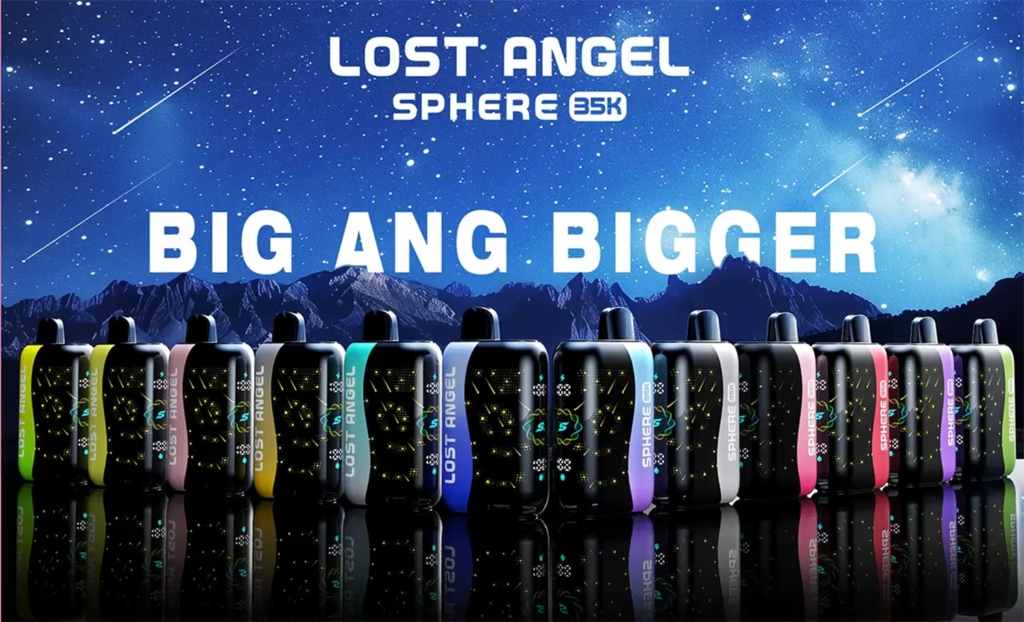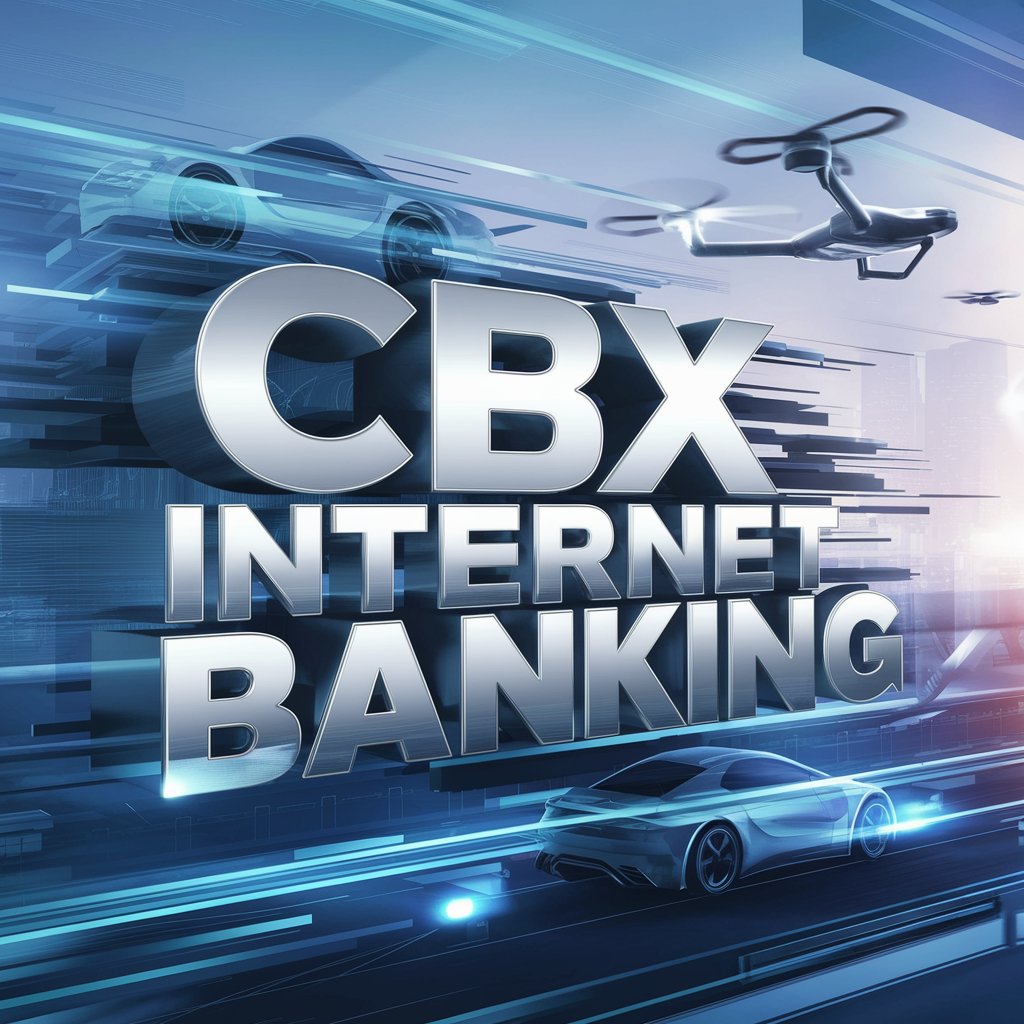In the world of business, first impressions matter—and few things speak louder or faster than your signage. A business sign isn’t just a directional tool or a display of your business name; it’s a powerful branding asset. Custom business signs go far beyond generic displays by conveying your company’s identity, values, and professionalism. When done right, custom signage doesn’t just catch attention—it leaves a lasting impact.
Whether you’re a small startup or an established enterprise, your sign is often the first interaction a potential customer will have with your brand. Here’s how you can strategically use custom business signs to build a unique, memorable, and powerful brand identity.
Why Custom Business Signs Matter for Branding
Branding is all about perception. It’s the image people associate with your business when they hear your name or see your logo. While websites and social media are crucial to modern branding, physical signage remains one of the most visible and immediate representations of your business.
Here’s why custom business signs are indispensable:
- Instant Recognition: A distinct sign reinforces your logo, brand colors, and company message.
- Professionalism: Quality signage implies a level of care and commitment to excellence.
- Customer Trust: A custom sign provides visual credibility and can increase trust with first-time customers.
- Marketing 24/7: Unlike digital ads that run on schedules, your signage works for you around the clock.
Elements of Effective Custom Business Signs
Creating a memorable and effective custom sign starts with understanding what makes signage work. Your sign should combine several design and strategic elements to achieve maximum impact:
1. Brand Consistency
The sign should match your brand’s visual identity. Use your brand’s fonts, color palette, logo, and tone. Consistency across all customer touchpoints strengthens your business’s image and makes you more memorable.
2. Material and Durability
Custom business signs are available in various materials, including wood, metal, acrylic, vinyl, LED, and more. Choose a material that aligns with your brand’s vibe and can withstand the local weather conditions.
- A boutique might opt for a rustic wooden sign with hand-painted lettering.
- A tech company might go for sleek acrylic or LED-backlit signage.
3. Readable Typography
It doesn’t matter how beautiful your sign is if it’s unreadable. Prioritize legibility, especially from a distance. Choose bold, simple fonts for key messages and make sure there’s enough contrast between the text and background.
4. Strategic Size and Placement
Your sign should be visible from key vantage points—parking lots, sidewalks, roadways, or building entrances. Consider size, angle, and elevation when planning where to install it.
Types of Custom Business Signs to Consider
There is no one-size-fits-all approach to business signage. The type of sign you choose should reflect your business location, objectives, and target audience. Here are some popular options:
1. Monument Signs
Ground-level signs usually located at the entrance of a business complex. They offer a professional, sturdy look and are perfect for corporate offices, hotels, and healthcare facilities.
2. Channel Letters
Three-dimensional lettering often illuminated with LED lights, making your sign visible at night. Ideal for retail stores, restaurants, and franchises.
3. Window Graphics
Perfect for storefronts, window decals communicate sales, hours, or brand slogans, adding style without needing extra structural installation.
4. Pylon or Pole Signs
Tall and highly visible from a distance. Great for roadside locations like shopping centers or gas stations.
5. Lobby and Interior Signs
Don’t forget signage inside your business! Interior signs help reinforce your brand, direct visitors, and elevate the overall customer experience.
The Custom Sign Creation Process
Creating custom business signs involves a collaborative process between your brand and a signage designer or manufacturer. Here’s how you can ensure a smooth and effective experience:
Step 1: Define Your Brand Message
What do you want the sign to say about your business? Are you fun and quirky, or professional and traditional? Defining your message will help guide every design decision.
Step 2: Choose the Right Signage Company
Work with a company that understands branding, not just fabrication. Ask for portfolios, client testimonials, and a consultation to share your goals.
Step 3: Design and Mockups
This phase involves picking fonts, colors, materials, and layouts. Most signage professionals will provide digital mockups to visualize how the sign will look in real-world settings.
Step 4: Permits and Regulations
Your local municipality may have specific rules about sign dimensions, lighting, or placement. A reputable signage partner can help you navigate the permitting process.
Step 5: Fabrication and Installation
Once approved, the signage is fabricated and installed professionally. This step should involve secure mounting, electrical hookups (if applicable), and a final quality check.
Tips for Designing a Memorable Sign
To stand out, your sign needs more than just your logo. Consider the following:
✦ Keep it Simple but Bold
Less is more. Stick to one main message or CTA and use bold elements like strong contrast or lighting.
✦ Include a Tagline or Slogan
If your company name doesn’t clearly convey what you do, a tagline can help clarify.
✦ Think About the Customer Journey
What is the first thing you want a passerby to notice? Structure the sign’s layout around your customer’s line of sight.
✦ Use Lighting Strategically
Backlighting, neon, or spotlighting can dramatically improve visibility and aesthetics, especially for businesses open at night.
Real-Life Examples of Custom Business Signs Done Right
- Starbucks: Their signage is globally consistent, combining their green siren logo with clean, easy-to-read type. Whether on a storefront or drive-thru lane, their signs evoke comfort and familiarity.
- Apple: Sleek, minimalist signage using brushed metal and backlit logos perfectly matches the brand’s premium image.
- Local Boutiques: Many independent stores use hand-painted wooden signs or vintage-style neon to express individuality, authenticity, and charm.
These brands show that custom business signs aren’t just functional—they’re foundational to the customer experience.
How Signage Supports Brand Identity
When people talk about brand identity, they often focus on logos, taglines, and packaging. But signage brings all those elements into the real world. It creates a physical connection between your brand and your customers.
✔ Emotional Appeal
A beautiful sign creates an emotional impression—whether it’s comfort, excitement, professionalism, or exclusivity.
✔ Local Presence
For brick-and-mortar businesses, signs are your most visible form of advertising in your local community.
✔ Brand Recall
Custom signs are often photographed, shared online, and remembered, making them effective brand memory triggers.
Make Your Mark with Custom Business Signs
In today’s competitive market, blending in is not an option. Your business deserves a sign that reflects your mission, attracts attention, and connects with your customers on a deeper level.
Investing in custom business signs is one of the smartest moves you can make to enhance your brand’s visibility and credibility. With the right design and strategy, your signage becomes a silent ambassador, working 24/7 to showcase what makes your business unique.
So, whether you’re launching a new business, rebranding, or simply refreshing your storefront, remember: the right sign doesn’t just show people where you are. It tells them who you are.





